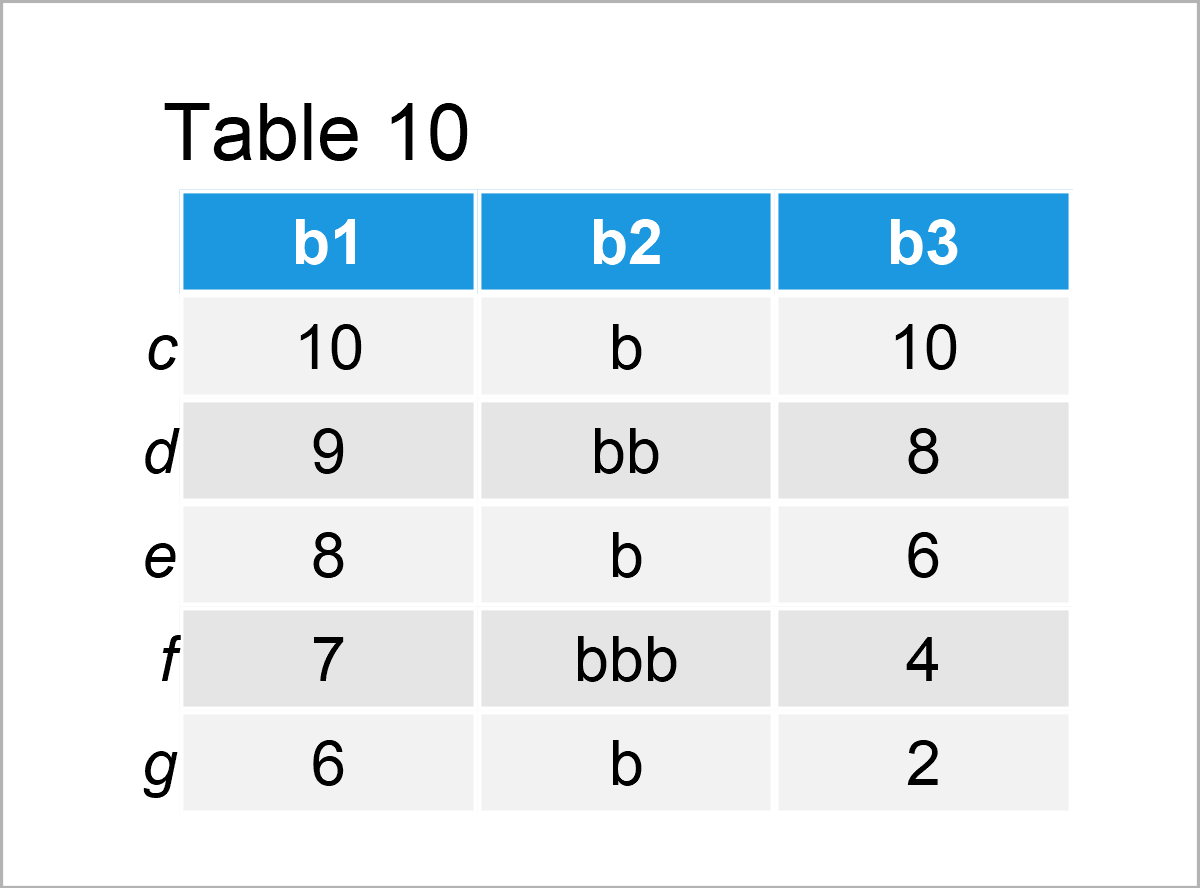
Let’s see how you can use the ignore_index= parameter to not preserve the original index from different DataFrames. Because of this, the original index values were included. Let’s see what this results in: # Concatenating simple DataFramesīecause we didn’t pass in any arguments, the DataFrames were concatenated as they were. Since the function only requires you to pass in the objects you want to concatenate, you can simply pass in the list of objects. Let’s start by looking at the most straightforward example: concatenating two DataFrames with the same columns. Concatenating DataFrames with Pandas concat However, it’s good to know that they’re there and what they do in case you do need them for your use case. In many cases, you’ll get by even if you don’t fully understand all of them. The method gives a ton of different parameters to help customize how the data will be concatenated.
Pandas merge dataframes series#
The function returns either a Series or a DataFrame, depending on what is passed in. This contains a list of DataFrames or Series that you want to concatenate. The only parameter that doesn’t have a default argument is the objs parameter. Sort=False, # Sort the non-concatenation axis, if columns aren't alignedĬopy=True # If False, do not copy data unnecessarily Verify_integrity=False, # Check if the new axis contains duplicates Names=None, # Names for levels to use in multi-index Levels=None, # Levels to use to construct a multi-index Keys=None, # when multiple levels are passed Ignore_index=False, # Whether to maintain the original index or not
Pandas merge dataframes how to#
Join='outer', # How to handle additional data elements Objs, # The Series or DataFrame objects to concatenate The function looks like this: # Understanding the Pandas concat() function Let’s take a look at the Pandas concat() function, which can be used to combine DataFrames together. The first two DataFrames have columns that overlap in entirety, while the third has a column that doesn’t exist in the first two. We can see that we have three basic DataFrames, each with three rows. We’ll load three different DataFrames with some overlap: # Loading Sample Pandas DataFramesĭf1 = pd.om_dict() To follow along with this tutorial, let’s load a few DataFrames to better understand the nuances of some how to combine Pandas DataFrames. These decisions can include determining whether to maintain the original indices, add additional helpful keys, and more. When we concatenate or append DataFrames, we need to make some decisions. Throughout this tutorial, we’ll explore how to stitch Pandas DataFrames together using column-wise combining. Concatenating Pandas DataFramesīy concatenating DataFrames, you stitch together datasets along an axis – either rows or columns. Let’s begin by learning how to concatenate, or append, multiple DataFrames into a single DataFrame. This tutorial is split into two main sections: concatenating DataFrames and merging DataFrames. Merging datasets focuses on merging based on the records’ values, rather than based on column headers. Depending on the overall between records, however, and the method of merging you choose, you may also introduce more rows. Generally speaking, the process of merging datasets will focus on making the dataset wider, rather than longer. When you join a dataset with another, you are merging these sets based on a key (or keys).


This is what will be referred to as either joining or merging datasets in this tutorial. You can also join datasets together, to make a larger one. This, is a generalization and is not always true! Concatenating datasets focuses on merging based on columns, rather than based on records. However, if you are comfortable with appending datasets with mismatched columns, the resulting dataset may also grow wider. Generally, the process of concatenating datasets will make your dataset longer, rather than wider. On the other hand, you can choose to include any mismatched columns as well, thereby introducing the potential for including missing data. For example, you can require that all datasets have the same columns. There are a number of ways in which you can concatenate datasets. This process will be referred to as concatenating or appending datasets. This process involves combining datasets together by including the rows of one dataset underneath the rows of the other. For example, you can combine datasets by concatenating them. There are a number of different ways in which you may want to combine data.


 0 kommentar(er)
0 kommentar(er)
